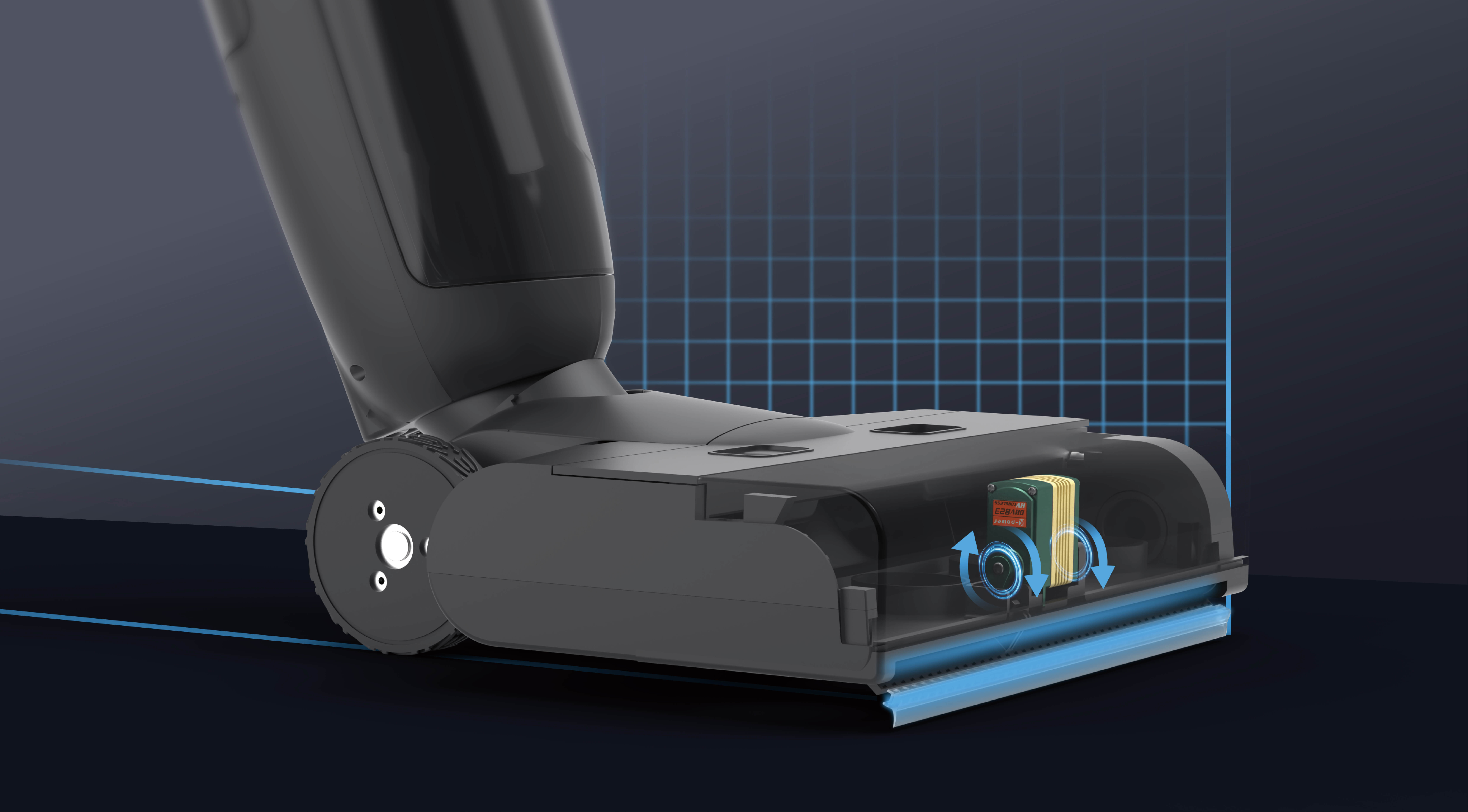Microservice architecture has become a game-changer for companies looking to scale and innovate. It’s like the Swiss Army knife for modern software development. But, much like any tool, it’s easy to misuse if not handled correctly. So, let’s break down some best practices that can help you take full advantage of the microservice approach.

First off, let’s talk about decoupling. When you break down your application into smaller, manageable services, you’re essentially giving each service its own personality. This means that one service can evolve without disturbing the whole system. But here’s the catch: each service should be as independent as possible. A good rule of thumb? Design each service to handle one specific task. The clearer the responsibility, the smoother your system will run.
Next up, consider API design. This is where your microservices talk to each other. Think of your APIs as the conversation between services. If the conversation isn’t clear, things get confusing fast. So, it’s crucial to follow RESTful standards or GraphQL where it fits. But don’t get too rigid—flexibility can go a long way when your services start evolving.
You’re probably thinking, “This sounds great, but what about managing all these services?” Well, that’s where service discovery comes in. With dozens or even hundreds of services, keeping track of them manually would be a nightmare. This is where a smart service registry can help, keeping an up-to-date list of all active services, so each service knows where to find others. Think of it like your company’s internal directory for services.
Now, resilience. Let’s face it, things will fail. Microservices are no exception. But when failure happens, how do you bounce back quickly? The answer is redundancy. Imagine you're at a concert and one speaker stops working. Do you have a backup? In microservice architecture, redundancy means having fallback mechanisms in place, so if one service fails, another can pick up the slack.
Security is another area that can’t be overlooked. With multiple services exchanging data, authentication and authorization become vital. A good practice is to implement centralized authentication, perhaps using JWT tokens, so that users or other services have to prove who they are before accessing any resource.
Finally, let’s talk about monitoring and logging. You’re running a lot of services, which means lots of moving parts. Monitoring gives you a bird’s-eye view of what's going on, and logging helps you dive deep into what went wrong when things break. Without these, you’re flying blind. Set up centralized logging and make sure you can track each service’s performance.
At the end of the day, adopting microservices is about flexibility, scalability, and innovation. It’s not a silver bullet that solves every problem, but when done right, it can unlock incredible potential. Start small, keep your services focused, and remember: the better you manage your microservices, the more you can grow.
So, whether you’re looking to simplify operations or speed up development, microservice architecture, when implemented correctly, can set you up for long-term success. It’s all about making sure the pieces fit together smoothly.
Established in 2005, Kpower has been dedicated to a professional compact motion unit manufacturer, headquartered in Dongguan, Guangdong Province, China. Leveraging innovations in modular drive technology, Kpower integrates high-performance motors, precision reducers, and multi-protocol control systems to provide efficient and customized smart drive system solutions. Kpower has delivered professional drive system solutions to over 500 enterprise clients globally with products covering various fields such as Smart Home Systems, Automatic Electronics, Robotics, Precision Agriculture, Drones, and Industrial Automation.




































